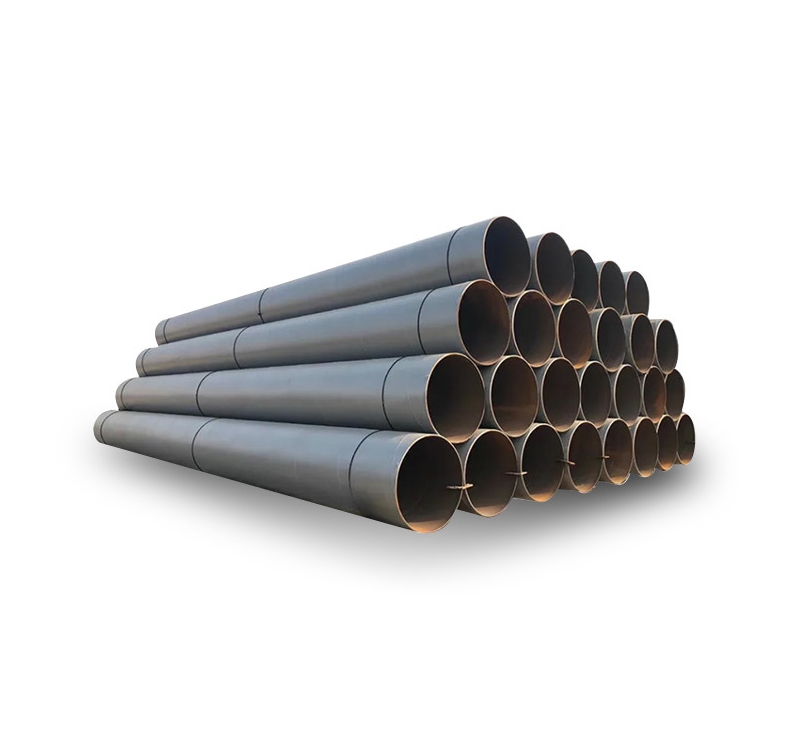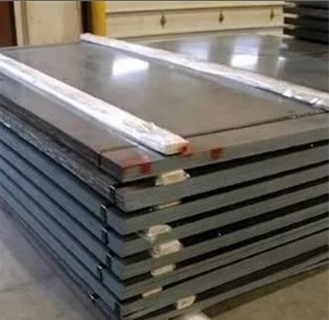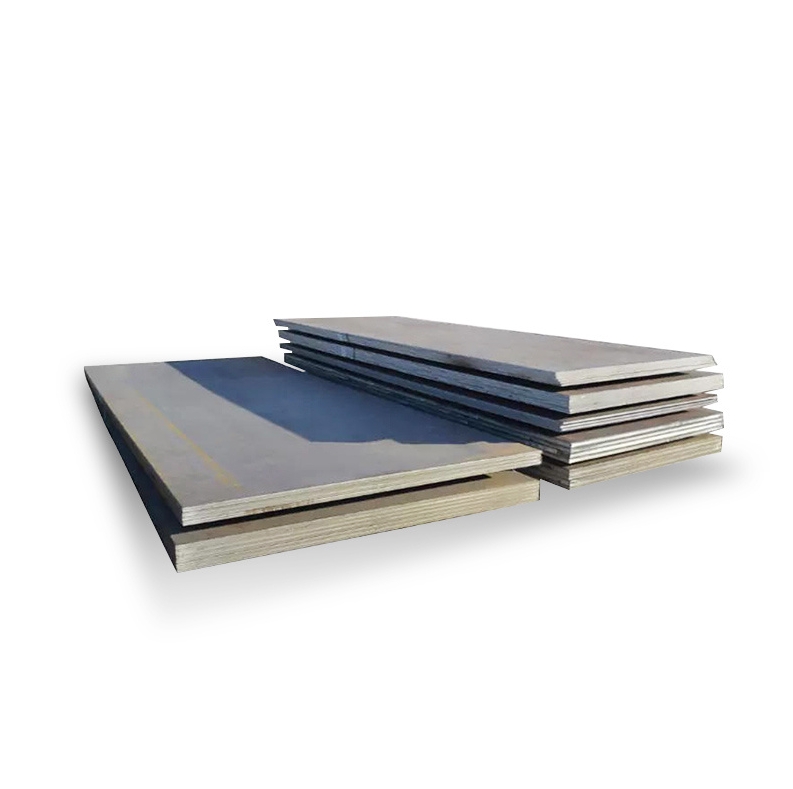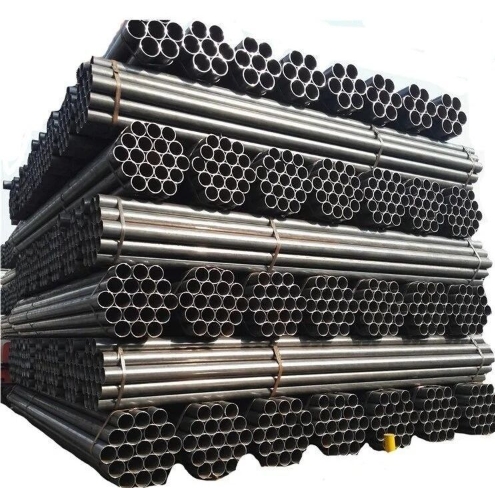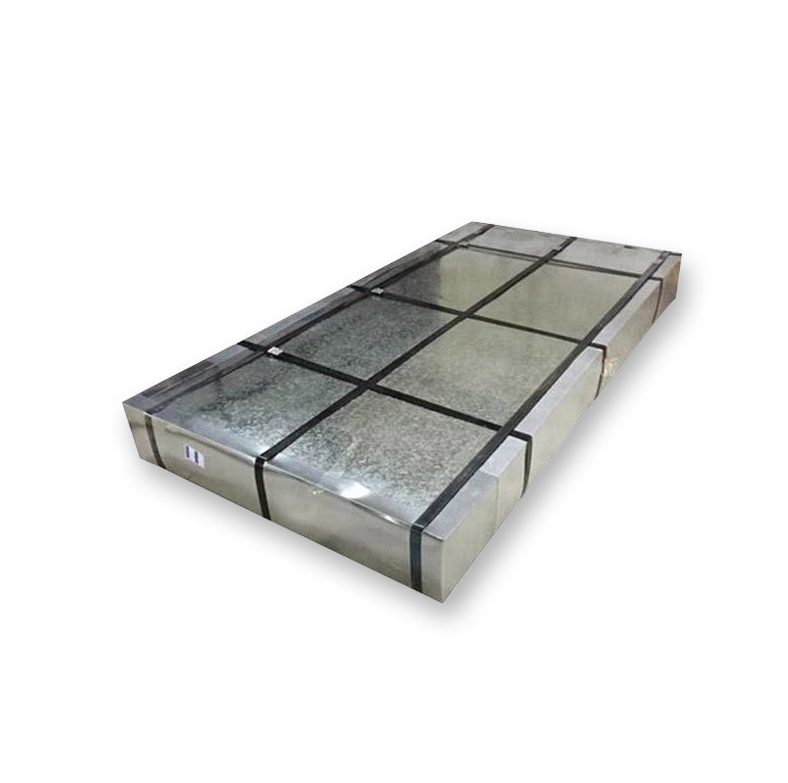Stainless steel and high carbon steel represent two pillars of the steel industry, each engineered for distinct performance profiles. Stainless steel excels in corrosion resistance and formability, while high carbon steel offers superior hardness and wear resistance. This guide dissects their compositions, mechanical properties, corrosion behavior, fabrication considerations, applications, market trends, sustainability aspects, emerging technologies, and common selection FAQs—equipping engineers and specifiers to choose the ideal material for any project.
1. Definitions & Classification
- Stainless Steel: An iron-chromium alloy containing ≥10.5% chromium by mass, with optional additions of nickel, molybdenum, and nitrogen to enhance corrosion resistance and mechanical properties.
- High Carbon Steel: A plain carbon steel with carbon content typically between 0.6% and 1.0%, formulated to achieve high hardness and strength after heat treatment.
Common Grades
| Category | Typical Grades | Key Alloying Elements |
|---|---|---|
| Stainless Steel | 304, 316, 430, 17-4 PH | Cr 10–20%, Ni 0–10%, Mo 0–3% |
| High Carbon Steel | 1060, 1095, W1 (tool steel) | C 0.60–1.00%, Mn 0.30–1.00% |
2. Chemical Composition
| Property / Grade | 304 SS | 316 SS | 1095 Steel |
|---|---|---|---|
| C (%) | ≤0.08 | ≤0.08 | 0.90–1.03 |
| Cr (%) | 18–20 | 16–18 | ≤0.25 |
| Ni (%) | 8–10 | 10–14 | ≤0.40 |
| Mo (%) | — | 2–3 | — |
| Mn (%) | ≤2 | ≤2 | 0.30–1.00 |
Sources: Wikipedia (Stainless Steel); ASTM A681 (1095).
3. Mechanical Properties
| Property | 304 SS | 316 SS | 1095 Steel |
|---|---|---|---|
| Tensile Strength (MPa) | 515–720 | 515–690 | 900–1,200 |
| Yield Strength (MPa) | 205–310 | 205–310 | 600–900 |
| Elongation (%) | 40–60 | 40–50 | 2–6 |
| Hardness (HV) | 150–200 | 150–200 | 500–650 |
Data from Markforged and TWI.
4. Corrosion Resistance
- Stainless Steel forms a self-healing chromium-oxide film that prevents further oxidation in wet or harsh environments; PREN (Pitting Resistance Equivalent Number) quantifies resistance:
PREN=PREN = %Cr + 3.3×%Mo + 16×%N. - High Carbon Steel lacks significant alloying for passivation; unprotected surfaces rust rapidly in moisture and require coatings or plating for corrosion protection.
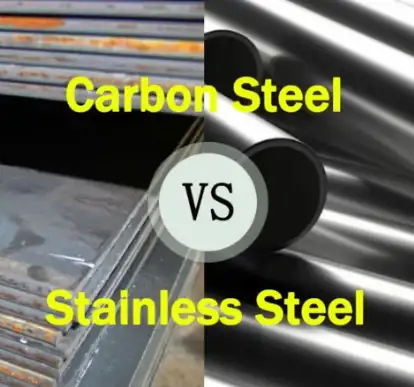
5. Fabrication & Processing
| Process | Stainless Steel | High Carbon Steel |
|---|---|---|
| Welding | Good weldability (austenitics); careful heat control for martensitics | Challenging for C >0.6%; requires pre-heat and post-heat |
| Machining | Work-hardening; moderate speeds with sharp tools | Highly abrasive; slow feeds, high-quality carbide tooling |
| Forming | Excellent formability (austenitic) | Limited; spring temper steels only |
| Heat Treatment | Solution anneal & cold work for H900/PH grades | Quench & temper to develop 55–65 HRC hardness |
6. Applications
- Stainless Steel: Food processing equipment, pharmaceutical plants, marine fittings, architectural cladding, surgical instruments.
- High Carbon Steel: Cutting tools (knives, blades), springs, drills, punches, milling cutters, high-strength wires.
7. Selection Criteria & Decision Guide
- Corrosion Environment
- Wet, acidic, chloride-rich → Stainless Steel
- Dry, wear-focused → High Carbon Steel
- Mechanical Demand
- High toughness, ductility → Stainless Steel
- Maximum hardness, wear resistance → High Carbon Steel
- Fabrication Constraints
- Complex forming, welding → Stainless Steel
- Simple shapes, post-heat treatment → High Carbon Steel
- Cost Considerations
- Stainless alloys premium vs plating cost for carbon steel.
8. Market Pricing & Trends
- Stainless Steel (304/316): $2,500–$4,000/MT, driven by nickel and molybdenum markets.
- High Carbon Steel (1095): $800–$1,200/MT, influenced by scrap and ferrous commodity prices.
- Future Outlook: Sustainability regulations may favor stainless recycling; high carbon niche in toolmaking remains stable.
9. Sustainability & Recycling
- Stainless Steel: ≥60% recycled content; “infinite” recyclability due to alloy tolerances.
- High Carbon Steel: ≈95% recyclability; recycled content often >80%; energy savings up to 75% vs virgin production.
10. Emerging Technologies & Future Directions
- Surface Engineering: PVD/CVD coatings on carbon steel blades to impart corrosion resistance akin to stainless steel.
- Additive Manufacturing: Exploration of austenitic stainless powders for complex geometries; limited AM of high carbon tool steels due to cracking.
- Smart Alloys: Development of duplex stainless steels combining high strength and corrosion resistance, encroaching on carbon steel tool applications.
11. FAQs
- Can high carbon steel ever replace stainless steel in corrosive environments?
Only with robust coatings (e.g., hard chrome, nitriding) does carbon steel approach stainless’s corrosion resistance, but maintenance costs rise. - Which is better for kitchen knives: 1095 or 420 stainless steel?
1095 yields sharper edges and easier re-sharpening but requires care against rust; 420SS resists corrosion but holds an edge less effectively. - Is welding 17-4 PH stainless steel simpler than 1095 spring steel?
Yes; 17-4 PH welds with standard stainless procedures, whereas 1095 needs pre-heat, controlled interpass, and post-weld temper.
12. Conclusion
Stainless steels and high carbon steels serve complementary roles: one for environments demanding corrosion resistance and formability, the other for applications requiring hardness and wear resistance. By understanding their unique properties, fabrication behaviors, and lifecycle considerations, engineers can make informed, cost-effective material selections tailored to specific performance requirements.




